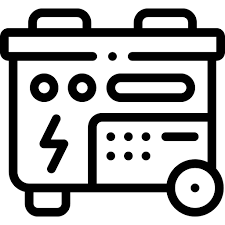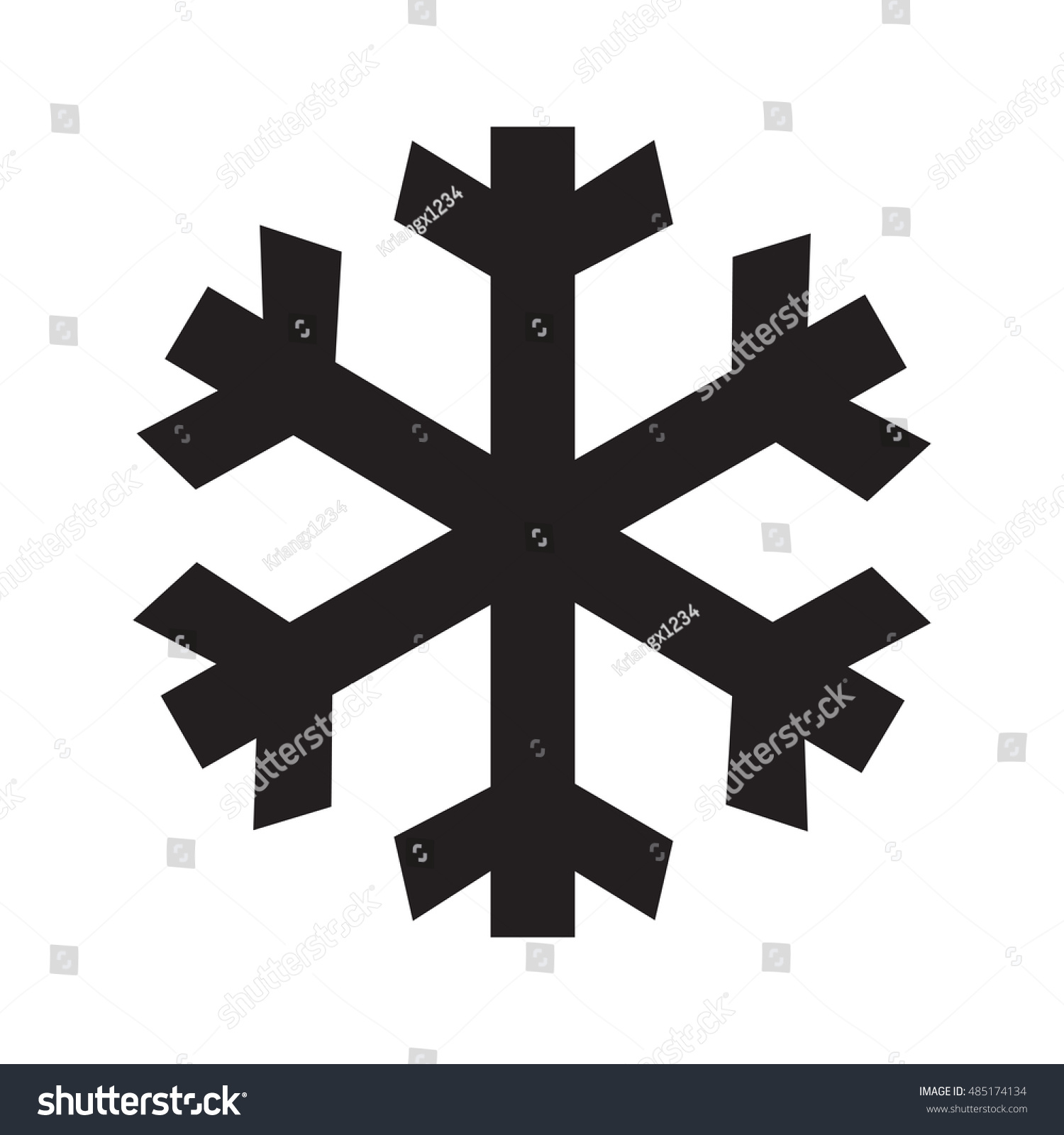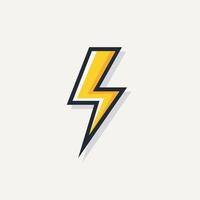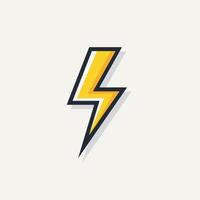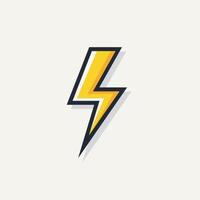Title Page
-
Site conducted
-
Conducted on
-
Prepared by
-
Location
-
Work Order Number
Untitled Page
(T)ools, (S)afety Equipment and (M)aterials
-
Mechanics/Electricians tool set
-
Cleaning materials
-
Battery tester and distilled water
-
Replacement zincs
-
Ladder
Safety Guidelines
-
Schedule equipment downtime with operating personnel
-
De-energize, tag, and lock out circuits and machinery. Disable automatic starting circuits. DANGER -CHECK THAT CIRCUITS ARE DEAD BEFORE STARTING WORK.
-
Have approved type fire extinguishers readily available
-
Allow no open flame or smoking in area
-
Use safety type fuel cans only
-
Use extreme caution when removing the radiator pressure relief cap. Steam may spray outward under high pressure
-
Follow site safety procedures and your supervisor instructions
-
Record and report equipment damage or deficiencies
-
Record all test results in the component maintenance log
-
Obtain and review manufacturer maintenance instructions
-
Tests to conform with manufacturer test procedures and values
-
Use proper personnel protective equipment when handling hazardous materials, fuels, and lubricants
-
Complete RCM procedures CM-0002 (Qualitative Infrared Thermography) and CM-0003 (Insulation test, Motor).
Maintenance Procedures
-
Perform a walk around inspection
-
Inspect and wipe down the generator
-
Check electrical connections for evidence of looseness or overheating
-
Check engine oil level
-
Check coolant level
-
Check radiator hoses for wear and cracks. Plan for replacement if necessary
-
Check the jacket water heater for proper operation
-
Inspect zinc rods. Change if necessary
-
Engine Air Precleaner – Clean
-
Engine Air Cleaner Service Indicator – Inspect
-
Check fuel level
-
Drain water and sediment from the day tank. Clean fuel strainer
-
Check space heater
-
Perform a one hour system operational test under full load conditions
-
Operation for indication of defects of possible malfunctions
-
Inspect the annuanciator panel for proper operation
-
After unit has operated for 50 minutes, log the operation to show at least the following information: engine and generator speed in R.P.M., voltage, amperes, frequency, power factor, enginetemperatures, engine oil pressure, hour meter readings.
-
Inspect safety devices
-
Test safety shut-off controls
-
Measure and record stator winding temperature
-
Measure and record bearing temperature
-
Check charging system for proper operation
-
Check battery electrolyte level
-
Determine specific gravity of starting batteries. Add distilled water if necessary. Clean terminals. Set charge rate after generator has been operated
-
Note any exhaust, oil, coolant, or fuel leakage. Plan for correction
-
Cool down and stop the unit
-
Note condition indicators for air and fuel filters. Clean or change filters if installed gages or operating conditions show necessity
-
Drain the exhaust condensate trap
-
Return the unit to service
Maintenance hours
-
How much time was spent on this work order?
